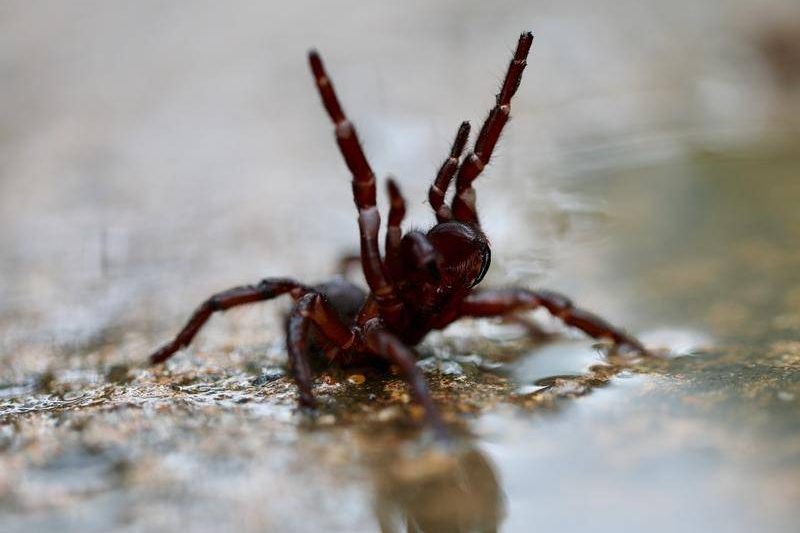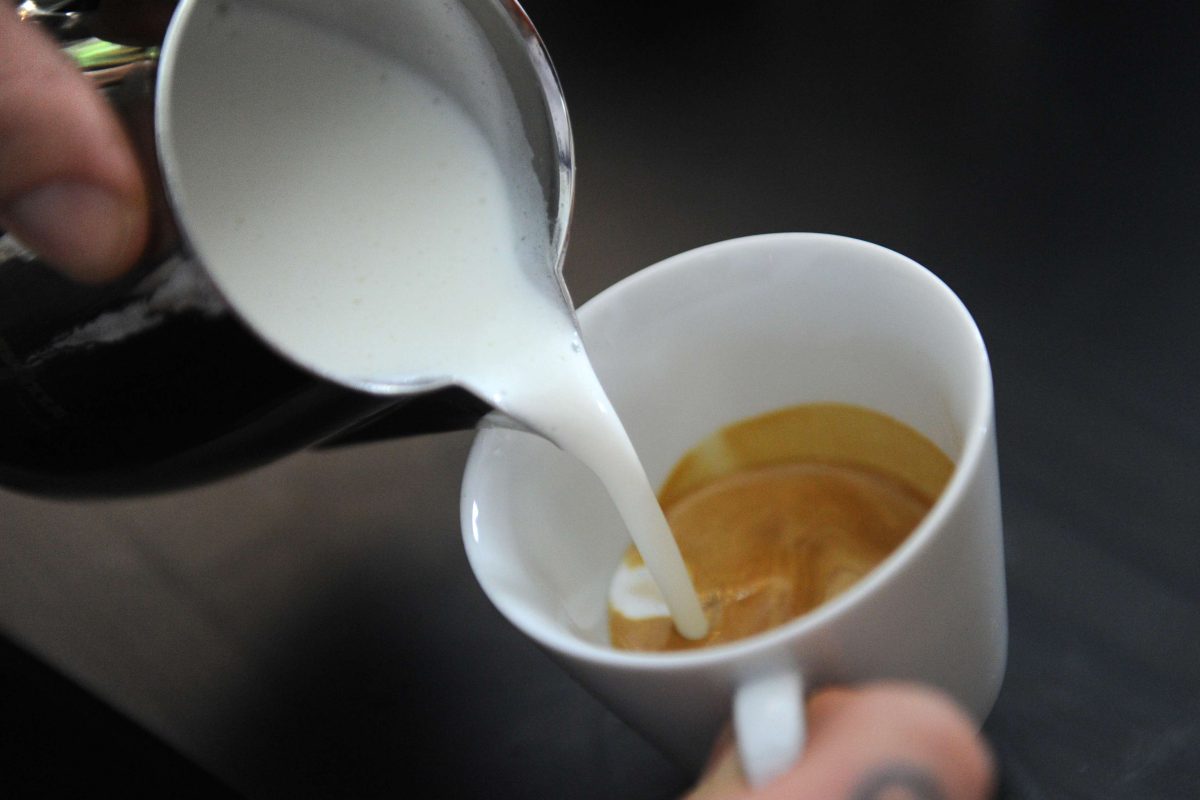
Too many Australians don’t have the knowledge to prepare for chance summer encounters with snakes, spiders and other venomous animals, reports JOHN KIDMAN.
WITH summer almost here, it’s been revealed many Australians are missing vital first aid knowledge about venomous bites and stings.
Vaccine provider CSL Seqirus commissioned a survey of more than 1000 adults, 670 of them parents: it showed almost one in three people had themselves or knew someone who had been bitten or stung by a venomous critter.
However less than one in 10 have received the necessary first aid training in the past 12 months.
According to the research, more than 3000 Australians are hospitalised each year after being bitten or stung by something venomous.
At last count, more than a quarter fall victim to bees or wasps, nearly one in five are attacked by redbacks or other eight-legged nasties, and almost as many are set upon by venomous snakes, of which Australia boasts 20 of the world’s 25 most deadly.
And the most likely places to suffer such an unfortunate encounter? In their homes for 18 per cent, backyards (40 per cent), toilets (11 per cent) and at the beach (29 per cent).
Even so, Australians rarely think to take a first aid kit when they venture out, experts say.
To combat the problem, they’re being urged to download the free Australian Bites and Stings App, which includes a geolocation feature allowing them to share their co-ordinates with emergency services if they have at least one bar of coverage.
Appropriately, the campaign is being backed by the National Basketball League’s Cairns Taipans.
Of those who took the survey, less than a quarter correctly identified the first aid steps for snake or funnel-web bites, and many wrongly thought a tourniquet should be used.
Just four per cent knew what to do if stung by a box jellyfish.
CSL Seqirus medical director Dr Julianne Bayliss says more people are enjoying summer outdoors but a changing climate means greater likelihood of meeting a venomous creature.
“The (federal) government ensures emergency treatments are available for Australians if they are bitten or stung,” he said.
“But knowing what to do in the immediate moments after… could make all the difference.”
Less than one in 10 parents said they were very confident in knowing exactly what to do if their child was bitten or stung, half the number who did in the same survey three years ago.
The latest research shows 40 per cent of mums and dads haven’t spoken to their kids about first aid for venomous bites and stings, many because they’re not sure what to say.
One in 10 expected the subject would be covered at school.
St John Ambulance CEO Brendan Maher says its first aid courses teach the essentials for responding to common bites and stings.
“Simple actions like calling triple zero, keeping a person calm and knowing how and when to apply a compression bandage or a cold pack can provide important intervention until further treatment is available,” he said.
Who can be trusted?
In a world of spin and confusion, there’s never been a more important time to support independent journalism in Canberra.
If you trust our work online and want to enforce the power of independent voices, I invite you to make a small contribution.
Every dollar of support is invested back into our journalism to help keep citynews.com.au strong and free.
Thank you,
Ian Meikle, editor




![Teacher Vanessa Jones has been living in Higgins since 2001, and while she loves the area, she says she is “fed up” with the neglectful ACT government.
The Higgins shops have been completely abandoned, says Vanessa, preventing the opportunity for residents to have a community-centred space to socialise.
They only received bins nine months ago, she says, and requests for a water station and repairs to the bus station have gone unanswered.
“It’s very, very slow,” says Vanessa.
“I asked for the zebra crossing on Fullagar [Crescent] to be repainted, and we had to wait about six or nine months.
“That’s just such a long time… we pay a lot of rates.”
Vanessa says assistance from the government only seems to go to communities with time-rich and assertive communities, leaving places such as Higgins, where the majority of households have both adults working full-time and English may not be the first language of the family, at an automatic disadvantage.
“If you’ve got two people working, paying a mortgage, raising two or three kids, they don’t have the time,” says Vanessa.
Vanessa says the lack of attention quieter places such as Higgins is receiving is starting to look a lot like favouritism.
Read the full article on our website citynews.com.au
#canberra #canberranews](https://citynews.com.au/wp-content/plugins/instagram-feed/img/placeholder.png)
Leave a Reply